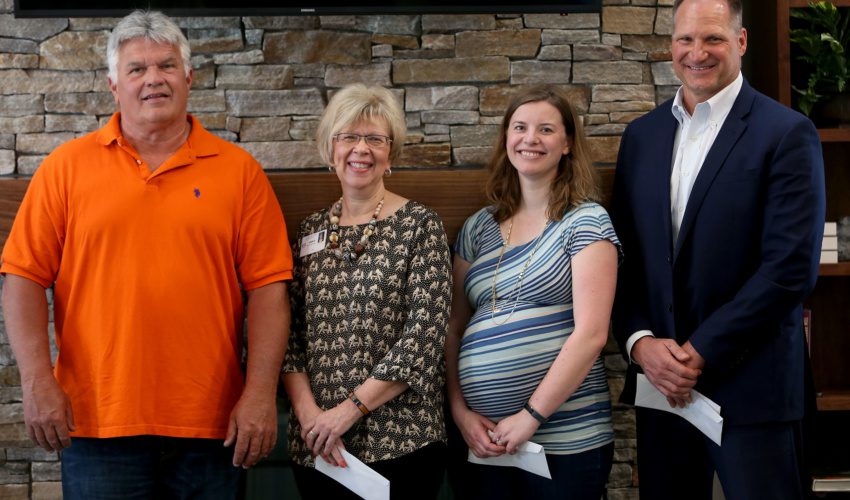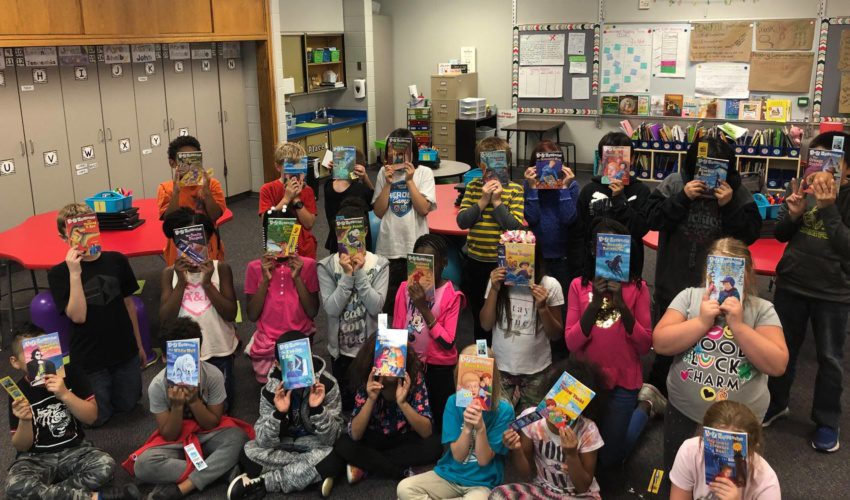Jodi’s Journal: Avoiding the news? You’re not alone
Oct. 23, 2022
When a journalist stops reading the news, you have to wonder what’s wrong.
From the sounds of her headline, Amanda Ripley did — and wrote about it.
I read her recent piece in The Washington Post titled “I stopped reading the news. Is the problem me — or the product?” and found it fairly relatable.
She and I have been in the industry about the same amount of time, two decades, and she realized consuming news had started to make her feel drained, lethargic and unmotivated.
So she cut out much of it, even went to therapy and then realized — as she wrote, “If so many of us feel poisoned by our products, might there be something wrong with them?”
She’s not alone. As she reported, data from the Reuters Institute recently showed that four in 10 Americans sometimes or often avoid contact with the news — one of the highest rates worldwide. And that was before the current election coverage really ramped up.
“Why are people avoiding the news? It’s repetitive and dispiriting, often of dubious credibility, and it leaves people feeling powerless, according to the survey,” she wrote. “The evidence supports their decision to pull back. It turns out that the more news we consume about mass-casualty events, such as shootings, the more we suffer.”
As I reflect on my own news consumption habits, I too can see they steadily have declined. When I worked in television news, I would watch up to four newscasts per day — and in my mind, so did everyone else. One of my most valuable lessons was leaving the industry and realizing how most people are not highly consistent consumers. They’re more like grazers. They might watch a newscast if the television happened to be on that channel or click on a news story if a friend sent it or it happened to appear in their social media feed. And that was before many started actively avoiding the news.
When I internalized that, it drove how I structured my own news products. First, they are designed not to be overwhelming and don’t try to be all things to all readers. Sioux Falls.Business publishes somewhere around three dozen pieces per week. Pigeon605 generally publishes no more than 20. Each piece is selected and produced with the reader’s experience in mind — and most of them you either won’t read anywhere else in local media, or you won’t have read yet in local media because we’re the first to tell you.
I want you to learn something, feel something and/or be moved to do something when you read our work. I want it to be accessible — free — on your platform of choice: a traditional website, an email newsletter, social media or even by text message.
And because we do that, I don’t think people avoid our news. I add many more free email subscribers and social media followers each month than I lose. Our overall web traffic steadily has grown despite the challenges of reaching people online.
But I’m also fortunate in that my business model isn’t driven by how many people click on a story. I work with like-minded businesses and organizations that trust us to help tell their stories and recognize that the credibility we’ve built is by how we practice journalism.
The biggest resonator for me from Ripley’s piece was this quote she sourced:
“Hope is like water,” said David Bornstein, co-founder of the nonprofit Solutions Journalism Network. “You need to have something to believe in. If you’re in the restaurant business, you’re gonna give people water. Because you understand human biology. It’s weird that journalism has such a hard time understanding this. People need to have a sense of possibility.”
I have never seen anything wrong with including news in our products that gives people hope. On the contrary, I think it’s needed now as much as ever. And readers have responded affirmatively.
However, as Ripley rightly characterized our industry: “It’s fair to say that if news sites were people, most would be diagnosed as clinically depressed right now.”
These are interesting times in the media industry, and I think they will continue to be for a while. Even locally, there’s clear change in how and where people seek their news and what options are available to them. In some ways, it’s a time of possibility, with an amalgamation of local startups, nonprofit models and legacy media all essentially vying for the same eyeballs. That should be good news for the news consumer. But first, we need to produce products that make sure you’re not inclined to ignore all of us. The implications of that go far beyond our industry.
Jodi’s Journal: Beneath the cranes, camaraderie creates catalysts








